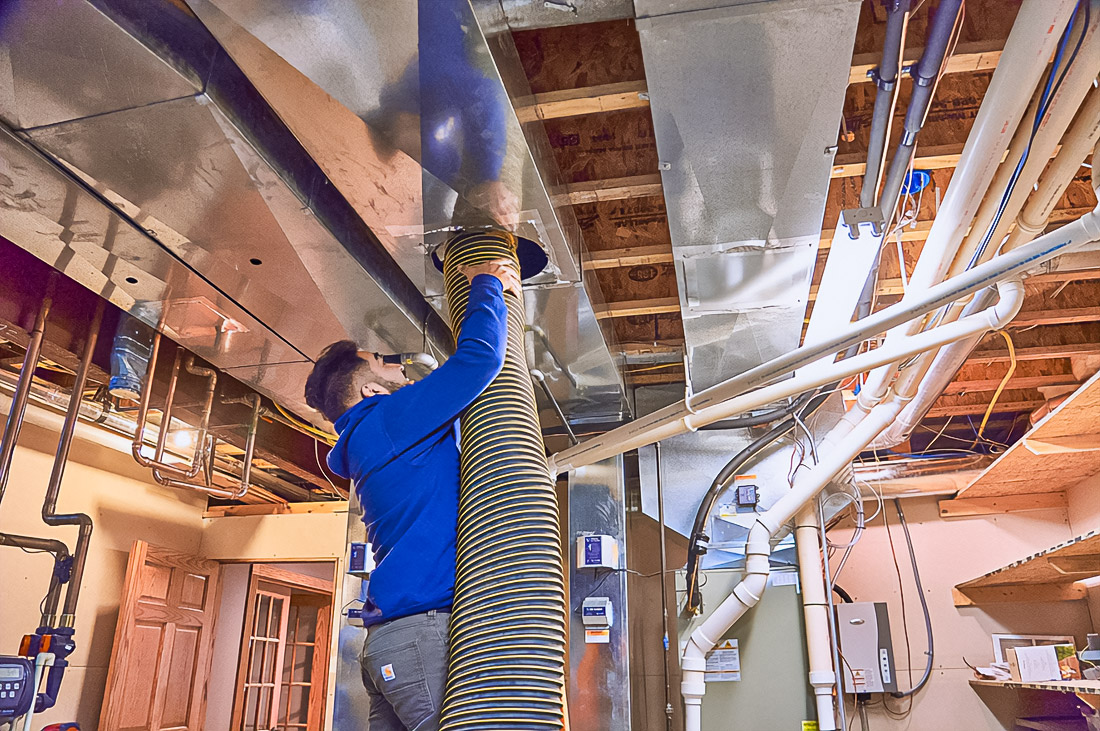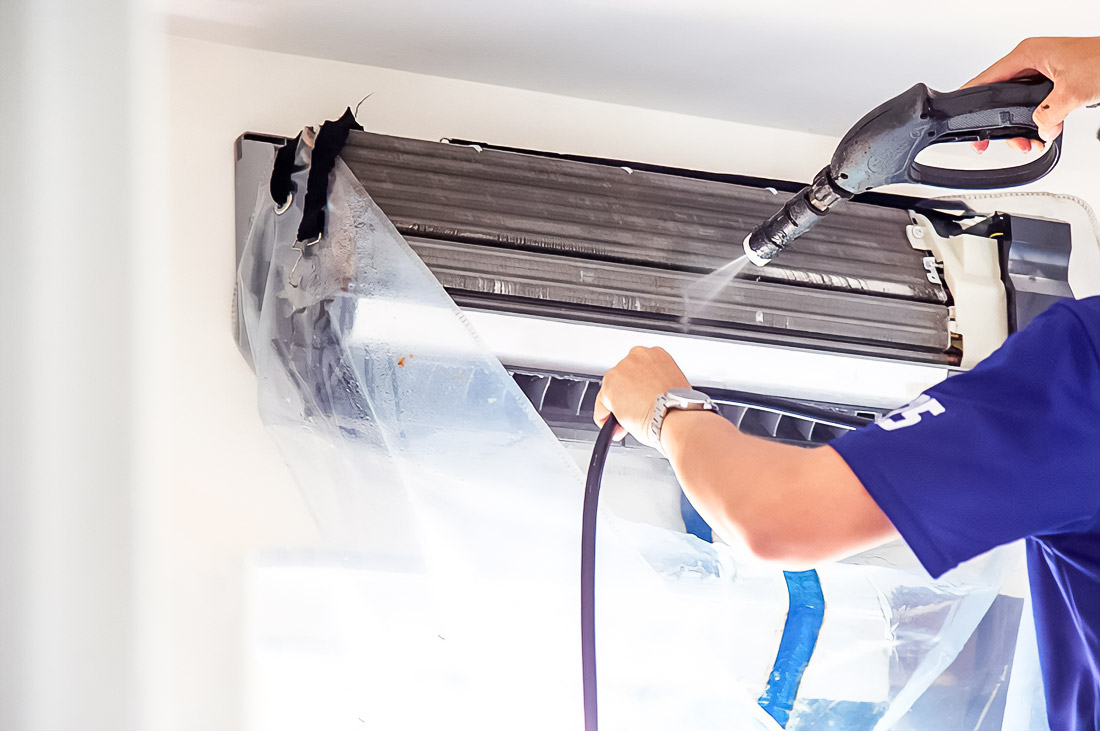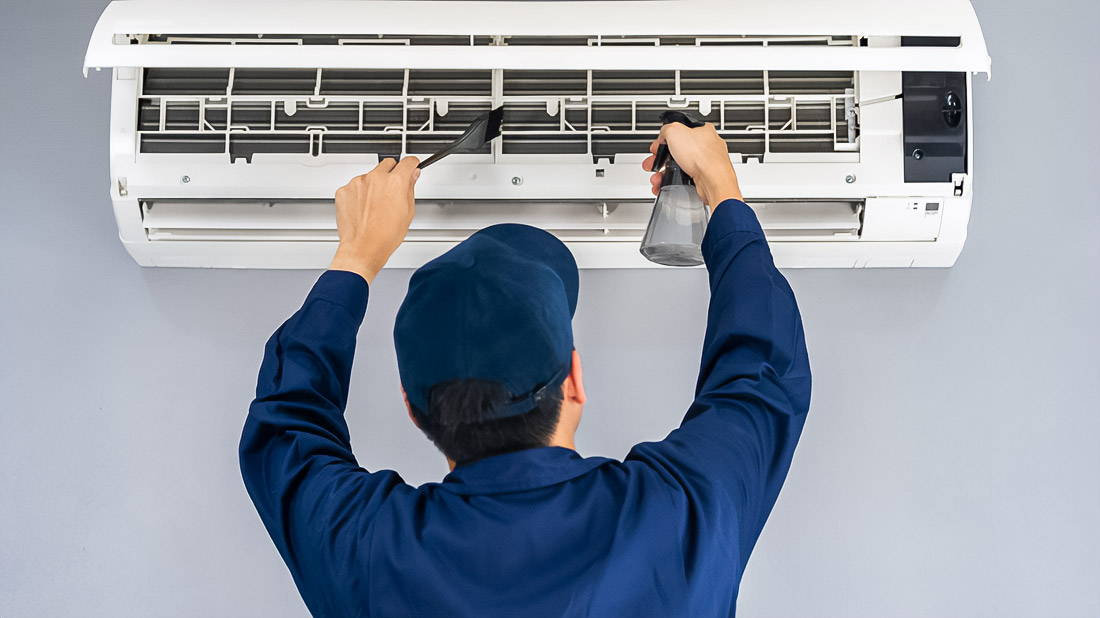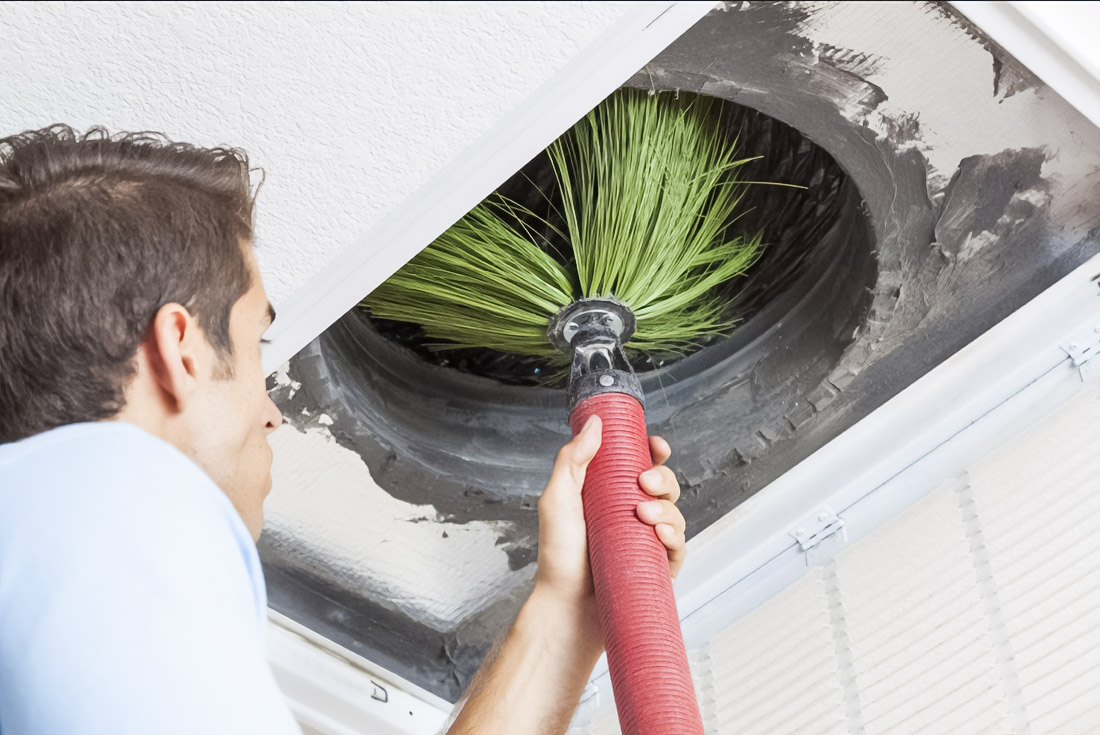Modern air conditioning systems – this is not just equipment but also an important element, ensuring the creation of a comfortable climate in homes and offices year-round. One such key component is the drainage tray. It is located under the evaporator of the air conditioner and performs a significant function: accumulates condensate, arising in the process of cooling air. The evaporator, undergoing cooling, contributes to the release of moisture from the air, which then collects in the drainage tray. This water must be removed in a timely manner to avoid its accumulation and potential problems with quality air on the premises. To ensure effective work system air conditioning, it is important to pay attention not only to the main components but also to auxiliary elements, such as the drainage tray. Find out more about awalexperts.ae.
Deep Understanding Role Drainage Tray in System Air Conditioning

Overflow drainage tray may occur for a number of reasons, each of which may lead to problems with system air conditioning:
- Clogging Drainage Line: Dust, dirt, and mold may, over time, which will lead to blockage lines and obstacles to the normal flow of water.
- Malfunctions Pump: In systems where the used pump for removal of condensate, its breakdown may lead to an accumulation of water in the tray.
- Errors in Installation: Incorrect position of an air conditioner or drainage system may cause ineffective removal of water.
Notice problems can by following signs:
- Appearance of puddles or wet spots around the air conditioner.
- Presence mold or fungus near device.
- Unpleasant odors emanating from the air conditioner.
- Increased humidity and fogging windows in the premises.
Quality Air and How It Depends on Drainage Tray

An Overflowed drainage tray may have a negative impact on the quality of air in the premise, which is expressed in the following problems:
- Mold and fungus: Accumulating water – an ideal environment for microorganisms, which may spread throughout system air conditioning and penetrate into living space.
- Allergens: Mold and fungus – this powerful triggers allergies, negatively affecting the health of people, especially those vulnerable to respiratory diseases.
- Unpleasant odors: Stagnant water and mold are often accompanied by unpleasant odors, which may spoil the atmosphere of the home or office.
Strategies Prevention and Warning Overflow Drainage Tray

To avoid problems related to overflow drainage tray, should regularly service system air conditioning, following simple recommendations:
- Cleaning drainage line: Regular removal of dirt and debris from the drainage line will help avoid clogs.
- Serviceability pump: Be sure to check the pump for condensate for proper work.
- Correct installation: Make sure that the air conditioner was installed in accordance with technical requirements.
- Antibacterial agents: Using such means for cleaning drainage trays will help prevent the growth of mold and fungi.
How Eliminate Problems Related to Overflow

If overflow already occurred, exist strategies for restoration and cleaning system:
- Cleaning System: Remove all accumulated water from the tray and clean it from dirt and mold.
- Repair and Check: Inspect drainage line and pump for defects, repair or replace damaged elements.
- Restoration Quality Air: Use air purifiers and dehumidifiers for reduction of humidity and removal of spores mold.
- Professional Maintenance: In complex cases, you should turn to specialists for complete diagnostics and elimination problems.
Tracking Successful Cases and Results Studies

In framework one of the studies, conducted in residential homes, found that regular maintenance and cleaning of drainage systems led to a reduction level of mold in the air by 50%. In another example, in an office building, residents complained about a foul smell; the problem was solved after the replacement of a faulty pump and thorough cleaning of system drainage.
These examples focus attention on the importance of regular maintenance and demonstrate how simple measures can significantly improve the quality of air on-premises.

I graduated from the California Institute of Technology in 2004 with a bachelor’s degree in software development. While in school, I earned the 205 Edmund Gains Award for my exemplary academic performance and leadership skills. Now I am living in Dubai, UAE.
